Introduction
Ambient OS™, an AI operating system for buildings, runs applications on-premise, allowing sophisticated use cases beyond the cloud. Centered around an open controller that enables applications to be run on the edge, it includes an intelligence layer built into the platform itself, allowing entire machine learning models to be deployed and processed locally, without any personal information being sent to the cloud. The open hardware reference designs include multi-protocol RF connectivity and a powerful neural processing unit that enables inference on the edge. Developers can utilize familiar frameworks like TensorFlow and PyTorch to streamline their workflow and produce quick results. The designs can be used off-the-shelf or customized by our manufacturing partners. Whether it's home security or enterprise-grade access control, Simple Things can help deploy applications more efficiently. By utilizing an over-the-air app distribution system, it's simple to deploy new features and upgrades effortlessly – allowing more time to focus on what matters for your business.
Platform Architecture
With a unique distributed microservices platform, developers decide if their application runs on-premise or in the cloud. The cloud-based Dealer/Broker merges RPC and PubSub into a unified URI-based API that is end-to-end encrypted. This distributed API approach results in a seamless experience, where Cloud / Edge transitions are invisible to the developer. Additionally, each URI endpoint can define authorized clients for both RPC and pub/sub, creating a granular ACL system. The APIs for the platform are just microservices themselves. From authentication to notifications, resource management to connectivity, Simple Things offers a robust suite of pre-defined services that encompass what is commonly found in legacy operating systems.
Built by developers for developers
Documentation, tooling and support services are also important ingredients to a healthy ecosystem. The developer portal allows app creators to deploy and test their apps at scale. The included OTA update service keeps firmware and apps updated, no matter how many devices are in the field. The advanced technical architecture enables new use cases and vastly improved user experiences.
- 01
Cloud Optional
The developer has control for deciding where their set of microservices reside. Some developers may decide to put everything on the edge, thus reducing dependency on cloud. Other situations may require some microservices reside in the cloud. Many times developers will decide to split their apps between cloud and edge. Ultimately it's up to the developer and their application to determine what topology is best.
- 02
Unified APIs for mobile and web
The platform APIs are simply microservices themselves. Each callable via RPC from a mobile app or the browser. Further, the SDK client supports bindings for all popular languages, such as Dart, Python, Go, Rust, C++ and Javascript.
- 03
Decentralized
Since the Caller is not aware where, or even who is processing the call, it is possible to have application components execute in the location that is most suitable for the application. For example, one component can reside in the cloud, another on the edge -- the client Caller just asks for the component by it's URI, and the Router finds the destination service automatically.
- 04
NAT-friendly
It's possible to call into procedures in components which are not reachable from outside the network (e.g. on a NATted connection), but which can establish an outgoing network connection to the internet. This approach allows us avoid firewall configuration -- as long as the network can reach the internet, everything just works.
- 05
Secure by design
Since no network ports on edge devices need to be opened for the platform to function (in both directions), the remote attack surface of these (potentially many) devices is eliminated. All hardware products include a secure element that makes key storage and retrieval secure and painless. The communications are encrypted using XSalsa20 stream cipher and authenticated using the Poly1305, providing confidentiality, integrity and authenticity for all messages passed through the platform.
- 06
Container system
Edge Apps are delivered to the controller via our package manager. These instances run on the edge controller in their own confined environment and are dependency-free. This approach allows complete isolation between apps and gives developers the security they need.
Anyone can automate
We recognize that every environment is unique. So we designed an extensible language that allows a building owner or manager to customize the behavior of the building, and enable the various systems within the space to act as a unified intelligent system. This visual low-code system allows creation of complex automations in the browser with a simple drag-and-drop interface. Once tested and verified, the scripts are downloaded into the edge controller and execute locally. They can even run without an internet connection. Users can also generate these scripts using our CLARITY™ Large Language Model. Simply type or speak a prompt, and the system will generate the script for you. Once created, you can edit and adjust to make it perfect, run it on the edge, or share it with other users.
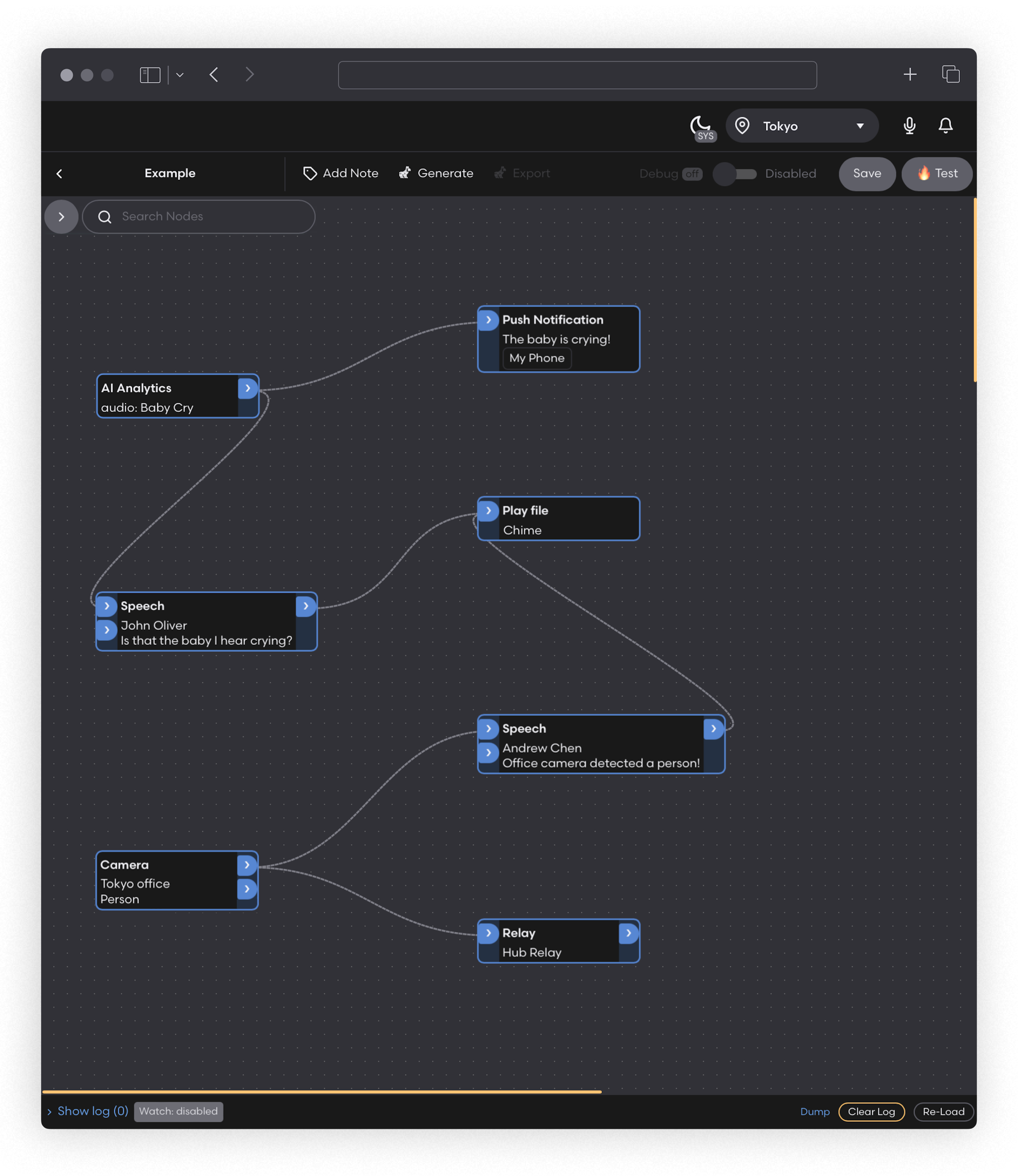
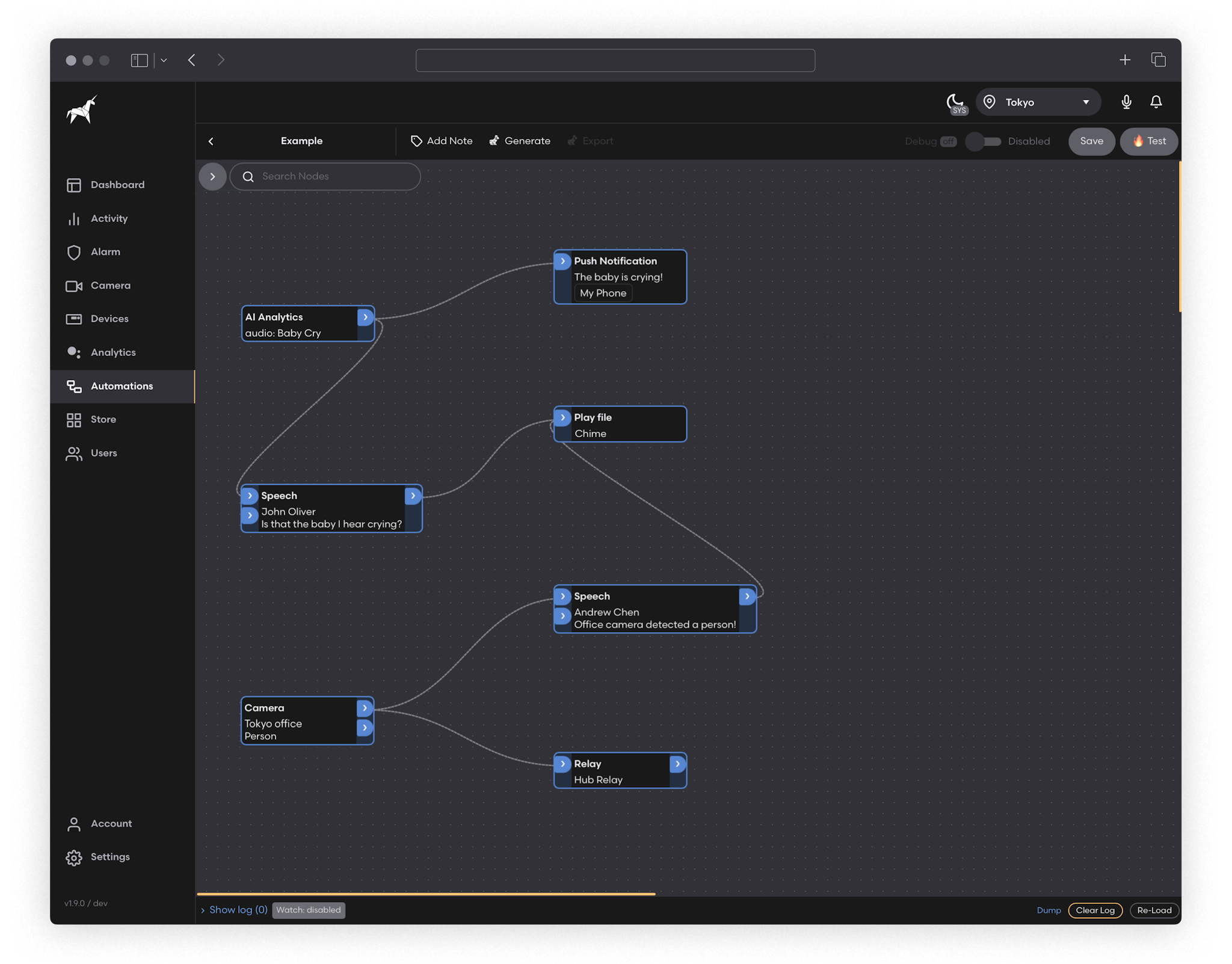
Edge Apps
For ideas beyond automations, we provide a rich SDK and app development environment that allows developers to build standalone apps that reside directly on the edge controller. These apps -- we call them Edge Apps -- are in fact microservices themselves, and are packaged using our containerized system for dependency-free development in C++, Go, Rust, Python and Javascript.

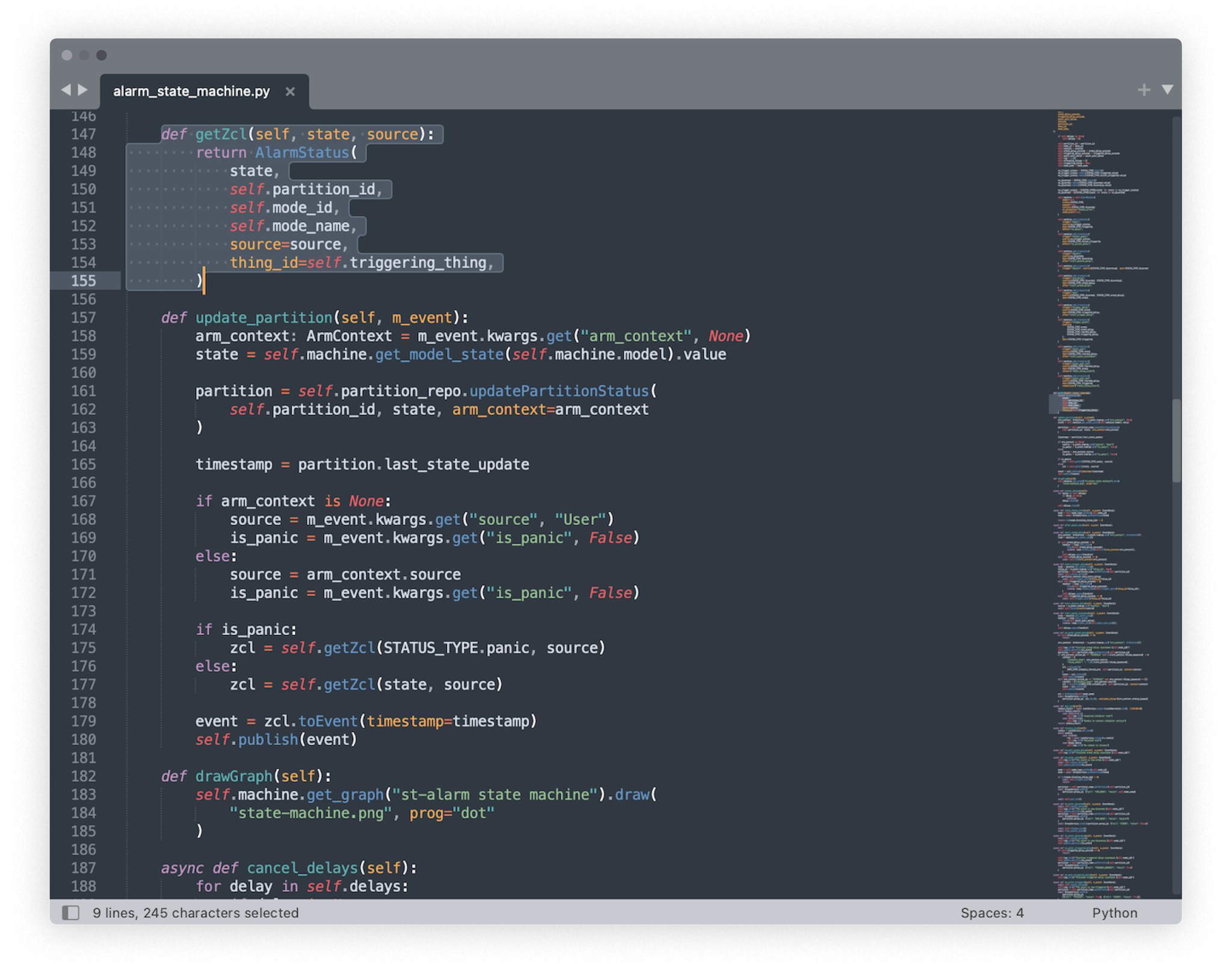
An app store for buildings
Simple Things hosts a federated edge-app distribution service. This backend system allows customers and partners to deploy apps directly to their buildings. First and Third party developers can build edge-apps, new AI models, pluggable visual programming nodes, and device adapters -- all of which can be pushed to end user devices using our software distribution service.
Edge AI
An integral aspect of the platform is Edge AI capabilities. While the machine learning models are developed using powerful and ever-evolving state-of-the-art tools, they have been carefully tuned to be able to run in small footprints. The result is a robust, updateable edge-ai solution that maximizes performance of inference on the edge controller. From Video analytics such as People and Package detection, to Automatic License Plate Recognition, the architecture allows processing data on the edge, in realtime, so that confidential personal information never leaves the premise. When combined with our unique sensing products, such as millimeter-wave radar and beam-forming microphone arrays, we add the capability to perform audio analytics and more on the edge. Smoke detectors, babies crying, dogs barking and people calling for help -- our audio analytics enables a new era for smart buildings. Because machine learning and computational generative AI are areas of rapid innovation, we've included capability to update the machine learning models on the edge, as they evolve, so our customers can be guaranteed they have access to the most recent innovations. Finally, our app store allows the purchase and acquisition of entirely new AI solutions, distributing them directly into the building to guarantee our offering is future-proof and our customers will always have access to the latest innovations in AI.
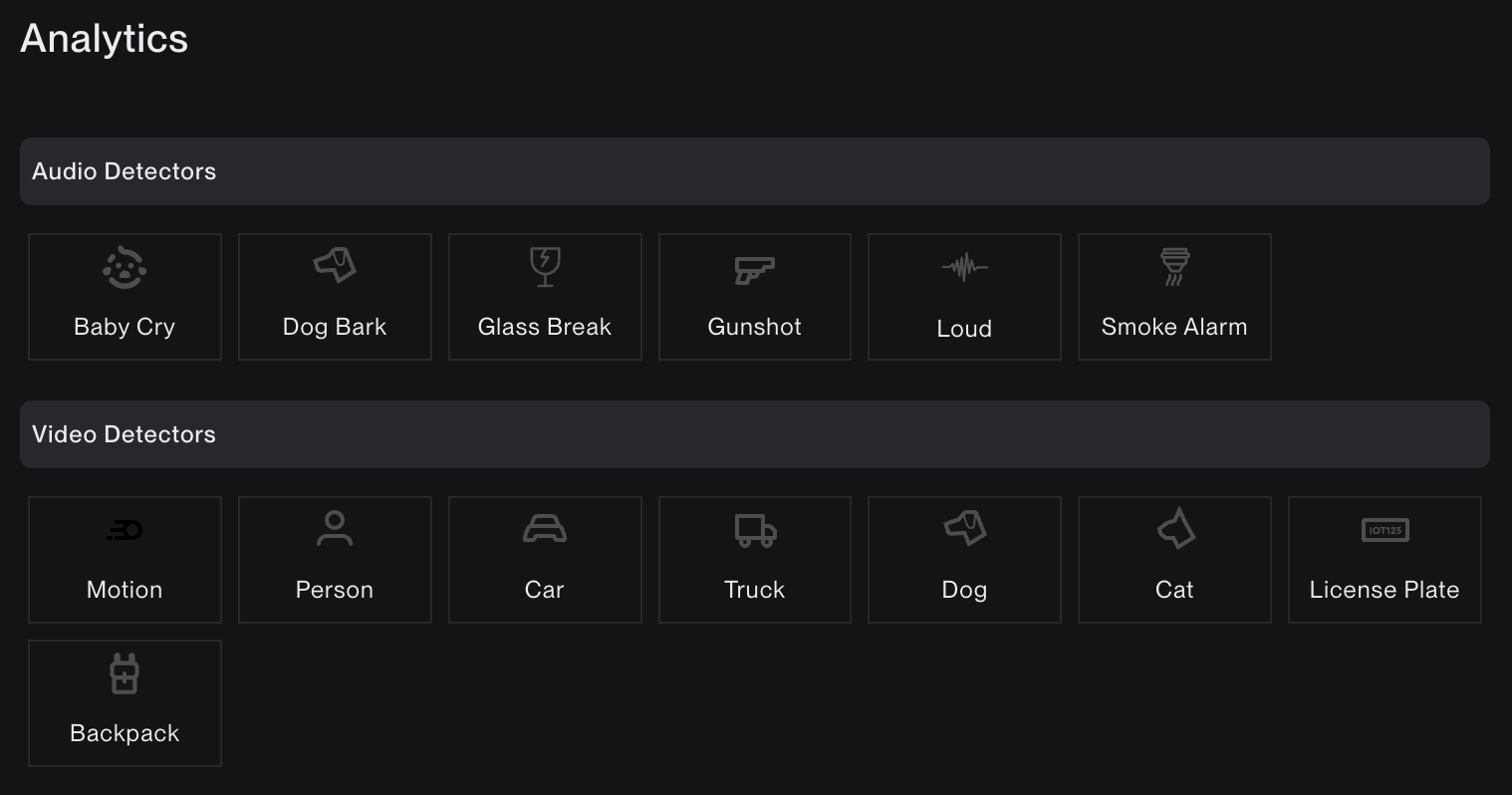

Connectivity
Edge Controller is packed with connectivity options. Wired connections are facilitated via the Gigabit ethernet RJ45 port as well as the RS-485 connector. Utilizing these pathways a customer can easily integrate the Edge Controller into the systems already installed in a building. From Modbus to BACnet/MSTP, these wired interfaces adapt to a multi-protocol environment that's common with legacy systems. The addition of four USB-C ports provide up to 15W power to downstream peripherals. Customers can expand the capability of the edge controller, adding options such as mass storage, expanded neural processing capacity and much more. Wireless connectivity is another area where Edge Controller simplifies integration. At the heart of the system is a a highly integrated 2.4/5 GHz dual-band 1x1 Wi-Fi 6, Bluetooth/Bluetooth Low Energy 5.2, and 802.15.4 tri-radio single-chip solution. Optimized for a wide range of IoT and industrial applications, including consumer electronics, smart energy, industrial automation, and gateways. With onboard support for Matter and Zigbee, the Edge Controller is destined to be the de facto interoperation-catalyst between incompatible systems within a building.
I/O Modules
Additional modules are available for legacy interfacing, including a 16 zone input module, an 8 zone output module, as well as a two-door access control module that supports Wiegand and OSDP. These modules are unique because they can reside remote from the edge controller. In enterprise environments, utilizing the included PoE ethernet port, they can be located anywhere that has an internet connection -- in the same building, same city or even another country. In residential or multi-unit dwellings, the I/O modules also support our sub-gigahertz mesh network, so they can be hidden away in mechanical closets or elsewhere that has legacy wired systems. Finally, if desired, the I/O modules can be connected directly to the Edge Controller via USB-C. In this configuration, the I/O modules are powered by the controller over USB.


Integration with 3rd party devices
AmbientOS was designed for connectivity and interoperability between other automation systems and sensors. We recognized early that an open system would be the best approach, so that our customers can enhance the devices and systems they already own. Facilitating interoperability is key to our strategy, and hence our mantra: "We build bridges, not islands". The solution includes a well defined layer of abstraction between interfaces and devices. Effectively a microservice for device drivers, this system makes it incredibly simple to integrate 3rd party protocols and systems. We call them "Adapters". With the inclusion of a ZigBee Cluster Library implementation, our system comes pre-loaded with knowledge of many of the devices and things you want to interface with -- whether they are connected over TCP/IP or Matter/Zigbee. This design approach makes it trivial to onboard new devices.
Open Reference Design
Our production-ready certified hardware reference designs allow our partners to get up and running quickly. From ESD testing to thermal and mechanical design, these solutions are battle tested and ready for mass deployments. For those who seek help creating a custom product, we also offer design services to customize the solution to meet your business needs.
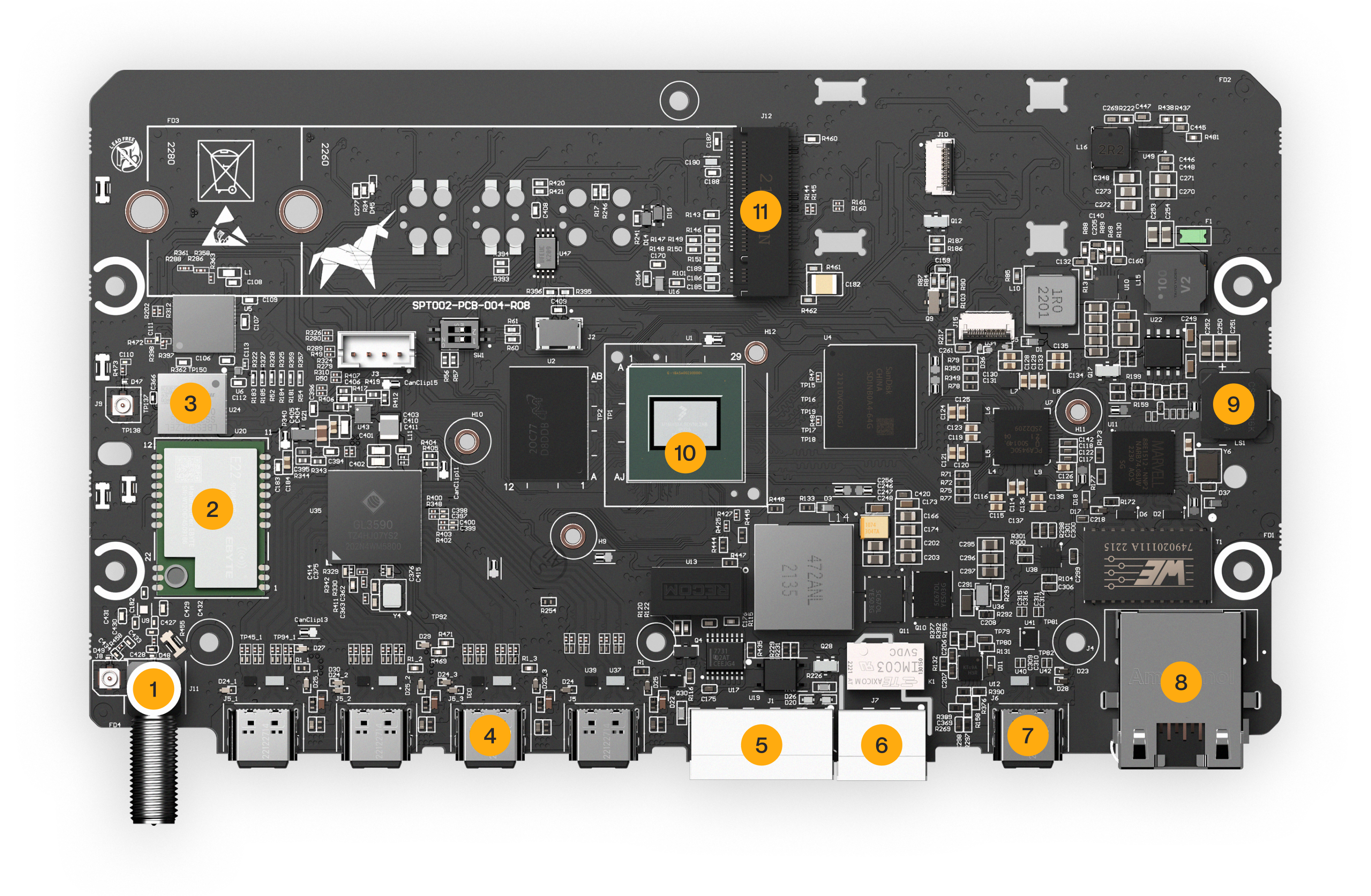
- 1
SMA Connector Optional external antenna
- 2
Mesh Radio 900mhz Low Power Extra long range Self-forming mesh End-to-end encryption
- 3
2.4GHz & 5 GHz Wi-Fi + Bluetooth Matter & Zigbee
- 4
USB-C Expansion Ports (3.1 SS) DFP ports support PD up to 5V @ 3A per port
- 5
RS-485 Used for interfacing to legacy infrastructure
- 6
Relay Used for interfacing to legacy infrastructure
- 7
USB-C Power In (3.1 SS) UFP with full PD 20V @ 5A
- 8
Ethernet 1 gigabit
- 9
Piezo sounder For alarm alerting
- 10
Processor Arm Cortex-A53 Quad core 1.8ghz 2.3 TOPS NPU Hardware video encoder GPU
- 11
M2. Expansion Slot supports - SSD storage - LTE modem - Kinara edge AI processor
Open Source
A lot of what we do is destined to be shared and improved upon by the open source community. We support a vibrant community driven by a shared desire to build bridges between the disparate systems that make up our built environment. From the Yocto BSP meta layer to a new sub-gigahertz mesh network, our solutions are as open as it can get. Please watch our github repository for our initial contribution of the platform to the community.